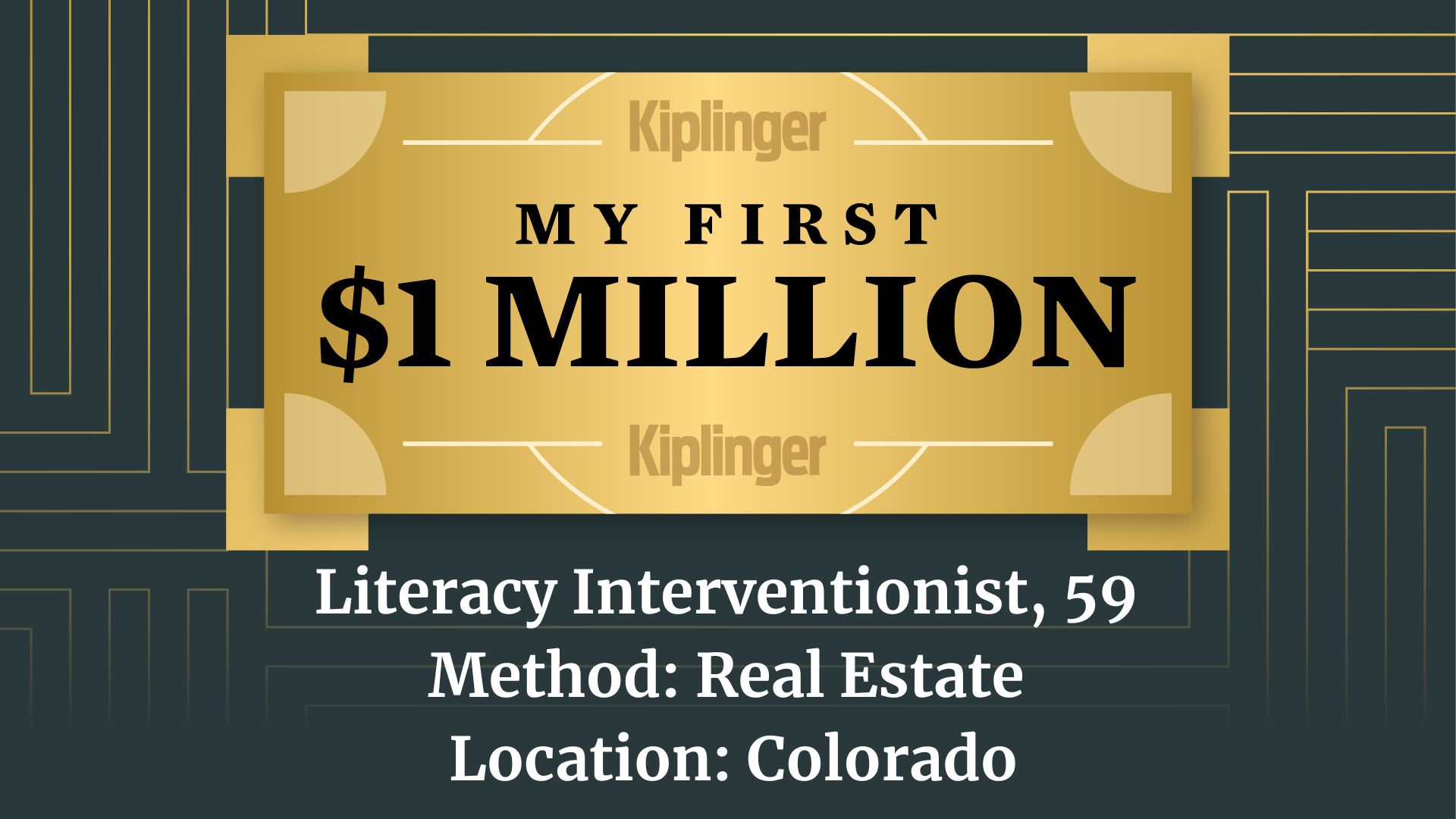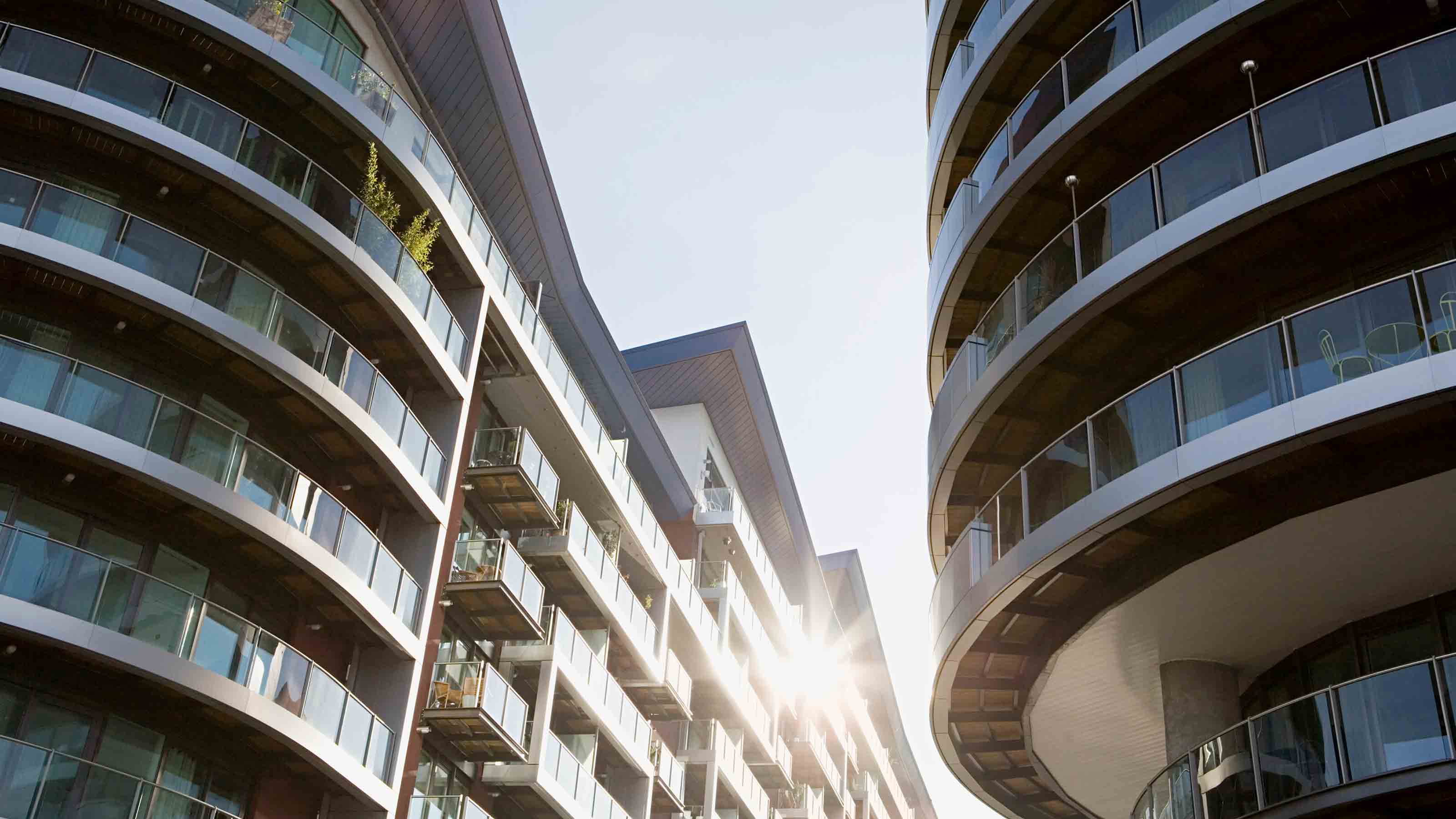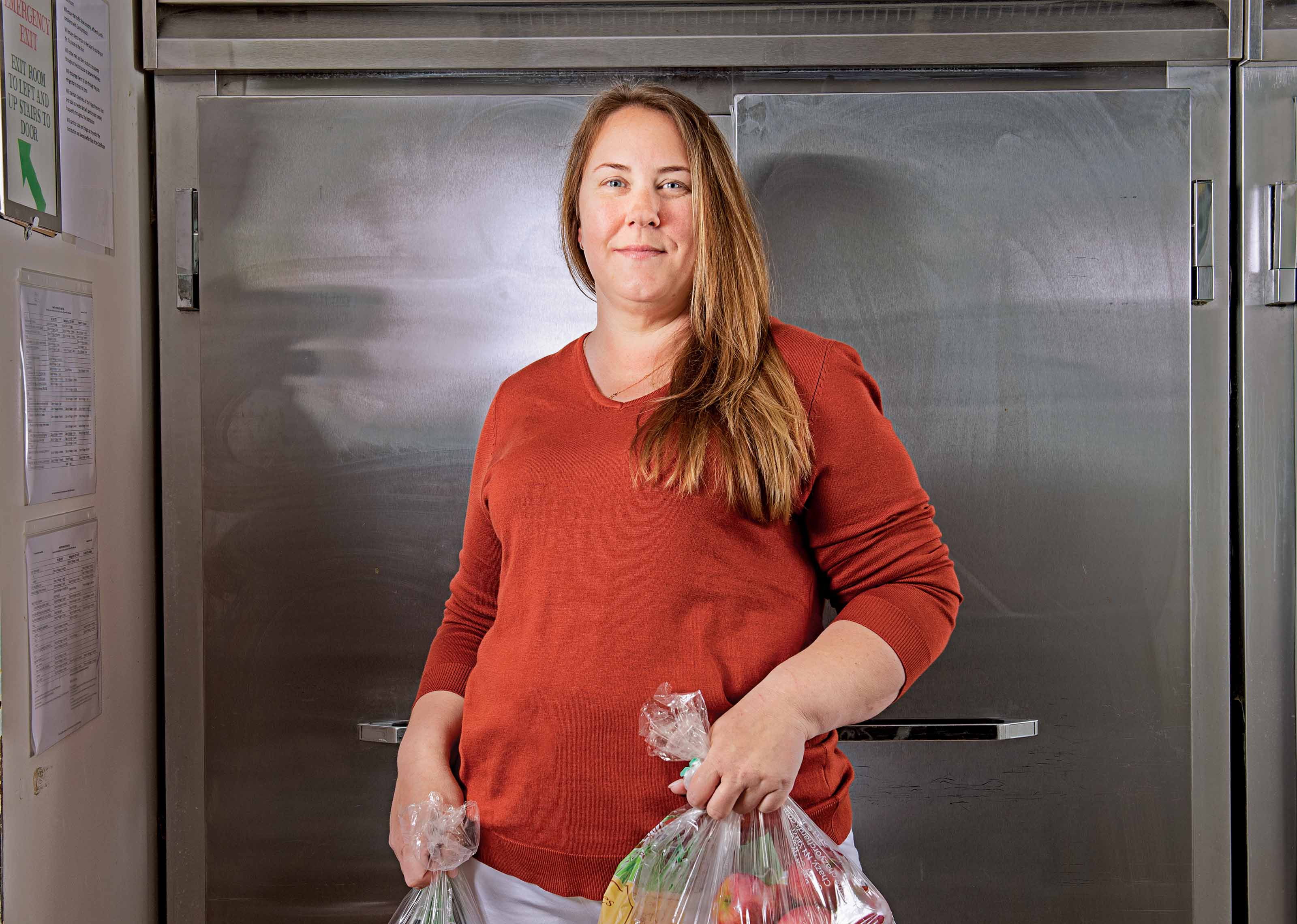No. 2: Raleigh, N.C.
Real estate developer Greg Hatem worked in Beijing during the boom years of the 1990s, and he senses that same Wild West capitalism in Raleigh right now.
WORK IN PROGRESS
Population: 995,662
Population Growth Since 2000: 19.9%

Sign up for Kiplinger’s Free E-Newsletters
Profit and prosper with the best of expert advice on investing, taxes, retirement, personal finance and more - straight to your e-mail.
Profit and prosper with the best of expert advice - straight to your e-mail.
Percentage of Workforce in Creative Class: 36.1%
Cost-of-Living Index: 99 (100 being national average)
Median Household Income: $56,150
Income Growth Since 2000: 10.3%
Take Our Walking Tour Through Raleigh
His Raleigh Times Bar represents the unofficial cultural epicenter of the new Raleigh; it sits on a corner of Fayetteville Street, which is the keystone of Raleigh's Livable Streets project, a plan to bring urban living to a city that languished as its suburbs and exurbs flourished. The bar, which offers 50 Belgian beers, attracts the young and old, hipsters and preppies, plus folks from the University of North Carolina, North Carolina State University and Duke University.
Those three research schools fuel a smart workforce, the main reason companies relocate to the area. Many work at nearby Research Triangle Park, where top employers IBM and GlaxoSmithKline reflect the area's strong employment in computers and pharmaceuticals. The city of Raleigh has its own technopolis in the Centennial Campus, which is part of North Carolina State. This amalgam of university, government and business enterprises employs more than 3,000.
Raleigh is a work in progress, but 2008 should be the turning point. The city's new convention center will open this year, as will an adjoining Marriott hotel and the city's tallest building, RBC Plaza. The Royal Bank of Canada's U.S. headquarters is the kind of real estate Raleigh mayor Charles Meeker wants more of: a mix of office, condos and retail. "Our big challenge is more urban-style growth," he says.
But there's enough of an urban taste today for Rob Currey, 27, who recently moved to Raleigh after stints in big East Coast cities. Currey works for Cherokee, a private-equity firm that specializes in cleaning up contaminated sites and developing them for its real estate funds. He and his wife, Joy, bought a home in the historic Oakwood district, where he has a "ten-minute walk to work -- and a two-minute commute if I drive." The location gives them access to such downtown amenities as theater and music performances at the Progress Energy Center for the Performing Arts.
If urban isn't your style, and you want the ultimate in suburbia, nearby Cary is your spot. The streets are wide, and pristine business parks are surrounded by pristine residential neighborhoods. The town, like Raleigh, still has reasonably priced housing. You can buy an older, four-bedroom colonial for less than $300,000, and a spanking-new 2,500-square-foot home for $400,000.
Get Kiplinger Today newsletter — free
Profit and prosper with the best of Kiplinger's advice on investing, taxes, retirement, personal finance and much more. Delivered daily. Enter your email in the box and click Sign Me Up.

-
 Retire in Malta for Quiet Coastal Perfection
Retire in Malta for Quiet Coastal PerfectionSeemingly remote yet easily accessible to other points in Europe, sunny Malta offers paths to citizenship and residency for families and retirees.
By Drew Limsky
-
 How This Literacy Interventionist Made $1 Million
How This Literacy Interventionist Made $1 MillionEver wonder how someone who's made a million dollars or more did it? Kiplinger's new My First $1 Million series uncovers the answers.
By Joyce Lamb
-
 How to Search For Foreclosures Near You: Best Websites for Listings
How to Search For Foreclosures Near You: Best Websites for ListingsMaking Your Money Last Searching for a foreclosed home? These top-rated foreclosure websites — including free, paid and government options — can help you find listings near you.
By Bob Niedt
-
 Luxury Home Prices Rise as the Rich Dodge High Mortgage Rates
Luxury Home Prices Rise as the Rich Dodge High Mortgage RatesLuxury home prices rose 9% to the highest third-quarter level on record, Redfin reports, growing nearly three times faster than non-luxury prices.
By Kathryn Pomroy
-
 Four Tips for Renting Out Your Home on Airbnb
Four Tips for Renting Out Your Home on Airbnbreal estate Here's what you should know before listing your home on Airbnb.
By Miriam Cross
-
 Five Ways to Shop for a Low Mortgage Rate
Five Ways to Shop for a Low Mortgage RateBecoming a Homeowner Mortgage rates are high this year, but you can still find an affordable loan with these tips.
By Daniel Bortz
-
 Is Relief from Shipping Woes Finally in Sight?
Is Relief from Shipping Woes Finally in Sight?business After years of supply chain snags, freight shipping is finally returning to something more like normal.
By David Payne
-
 Looking to Relocate? Plan for Climate Change
Looking to Relocate? Plan for Climate Changebuying a home Extreme weather events are on the rise. If you’re moving, make sure your new home is protected from climate change disasters.
By Rivan V. Stinson
-
 Retirees, A Healthy Condo Has a Flush Reserve Fund
Retirees, A Healthy Condo Has a Flush Reserve FundSmart Buying Reserve funds for a third of homeowner and condo associations have insufficient cash, experts say. Here are some cautionary steps you should take.
By Patricia Mertz Esswein
-
 Economic Pain at a Food Pantry
Economic Pain at a Food Pantrypersonal finance The manager of this Boston-area nonprofit has had to scramble to find affordable food.
By Emma Patch